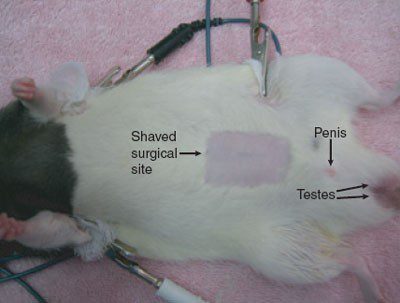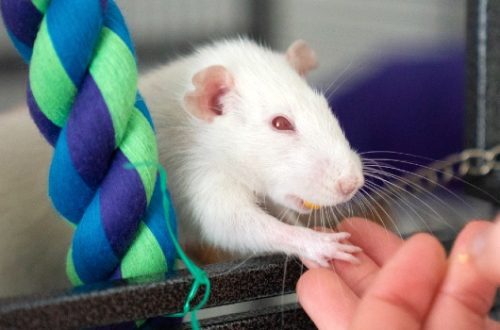
Can you walk a hamster?
Perhaps every owner of rodents wondered whether it is necessary to walk pets? Walking hamsters deserves special attention. Hamsters are known for their activity and curiosity – they must be bored in a cage? Many owners believe that the animal can be taken outside during the warm season, but is this true? About whether and how to properly walk hamsters, you will learn in our article.
Hamsters are very active and curious animals, preferring a nocturnal lifestyle and loving … loneliness! Looking at these cute fluffies, it’s hard to believe that they are inveterate introverts, but they are.
In their natural habitat, hamsters like to live alone at a great distance from each other. Therefore, your attempt to take a pet in your arms, add neighbors to it or let it run around the apartment will not bring him positive emotions – at least at first, until the hamster gets used to it. Any change that breaks the cosiness of a warm, comfortable house causes stress for these rodents. In addition, due to their small size, hamsters can easily get injured if handled improperly. It is very dangerous to let these rodents run around the apartment. They can easily get injured: fall from a high surface, climb somewhere and get stuck, or, worst of all, get under someone’s feet. That is why it is not recommended to let your pet run around the house. But if you still decide, it is important to keep an eye on the baby and ensure that he is completely safe.
If you have children or other pets at home, do not leave them alone with the hamster. A fragile rodent can be accidentally injured. Control the contact of the household with the pet and carefully instill in children the skills of handling pets.

The outside world for hamsters is fraught with danger literally at every turn. And if you doubt it, then let’s look at the most popular dangerous situations.
Thanks to the instinct of self-preservation, your pet will start running in search of the nearest shelter, from where it will be very difficult to get it and take it back home.
When trying to escape, the hamster runs the risk of running out onto the sidewalk or road, where they simply will not notice him and crush him.
Your furry friend can be attacked by a homeless or domestic cat, dog, or even a crow. These animals can act so quickly and dexterously that you simply do not have time to do anything.
A hamster can taste any plant in the yard and get poisoned as a result. For example, dangerous for rodents: lily of the valley, celandine, crow’s eye, field poppy, fern and dog parsley.
On the street, the animal runs the risk of being poisoned by various kinds of chemicals. Even a new, recently painted bench can pose a threat to him, not to mention rodent poison, which is scattered in yards and parks.
And, of course, the hamster can get a fracture or bruise. For example, when falling into a hole, when trying to climb to the surface or escape from your hands.
By the way, even the hamster’s nocturnal lifestyle hints that the baby is against your joint promenade.
How then to walk a hamster, you ask. And we will answer that you do not need to walk it. For a rodent personally, there is absolutely no need for this.
Yes, hamsters lead a very active lifestyle, and in a small cage they will really be bored and cramped. But your task as a caring owner is precisely to provide a comfortable home for the pet.
The best solution is a spacious cage in which you can create conditions for a full-fledged life of the baby. Most pet stores already sell ready-made kits at fairly reasonable prices. You just have to come and choose.
Let’s figure out what should be in a hamster’s cage so that it feels good and fun.
Comfortable bedding in which your pet can dig and hide food supplies. A good choice is corn filler or special refined sawdust. They perfectly absorb liquids and retain unpleasant odors.
A house that the animal can equip itself. It is enough to put twigs and hay in the cage for the hamster to create a nest for himself or transfer it all to the finished house.
Wheel. A convenient tool for your friend’s physical activity. In it, he can sleep if he deems it necessary. The only drawback of the wheel is the squeak, which can interfere with your sleep or other daily activities. Choose a wheel that fits your pet in size. An incorrectly sized wheel can cause injury.
Tunnels and pipes. They can be purchased separately and assemble your own design, or you can buy a ready-made set. The hamster will be delighted with the maze created for him.
Ladders and other gymnastic devices. Thanks to strong and developed limbs, hamsters can climb any surface. So, such items will not leave indifferent any animal.
Any small container, special bathing suits in which you can fill special sand or sawdust. The pet will be happy, you can even hide a treat there (for example, a nut). The prize found will make the hamster very happy.
Swing. A rag hammock is also suitable, in which the pet can swing or just take a nap.
Finally, the main attributes: a drinking bowl, a feeder and a mineral stone, on which the hamster will grind his teeth. Rodent teeth grow throughout their lives, need to be ground down, and the lack of mineral stone can be a serious problem for the furry’s health.
All these devices are made from various materials (plastic, wood, metal), so it will not be difficult to choose them according to your taste and financial capabilities. The main thing is that the cage itself and its attributes are safe for the pet.

To ensure that your pet does not get bored, install play equipment of various variations in the cage, at different intervals. Thanks to a variety of leisure activities, the animal will delight you for a long time with excellent mood and good health.
Although hamsters are introverts, over time they get used to life with a person and easily make contact with him. But do not abuse the pet’s friendliness, do not disturb him needlessly and accept his way of life. By creating comfortable conditions for your friend, you help him become truly happy!





